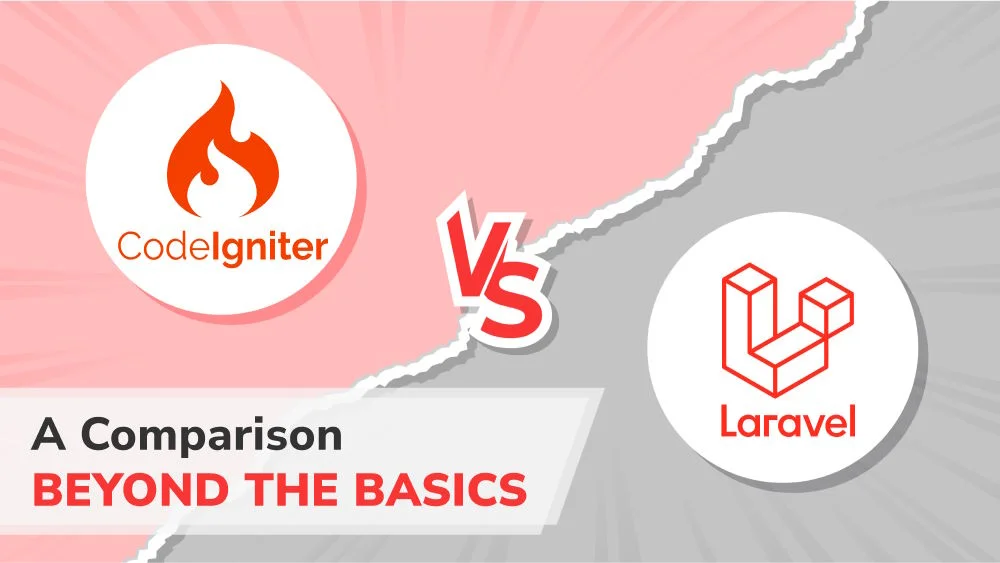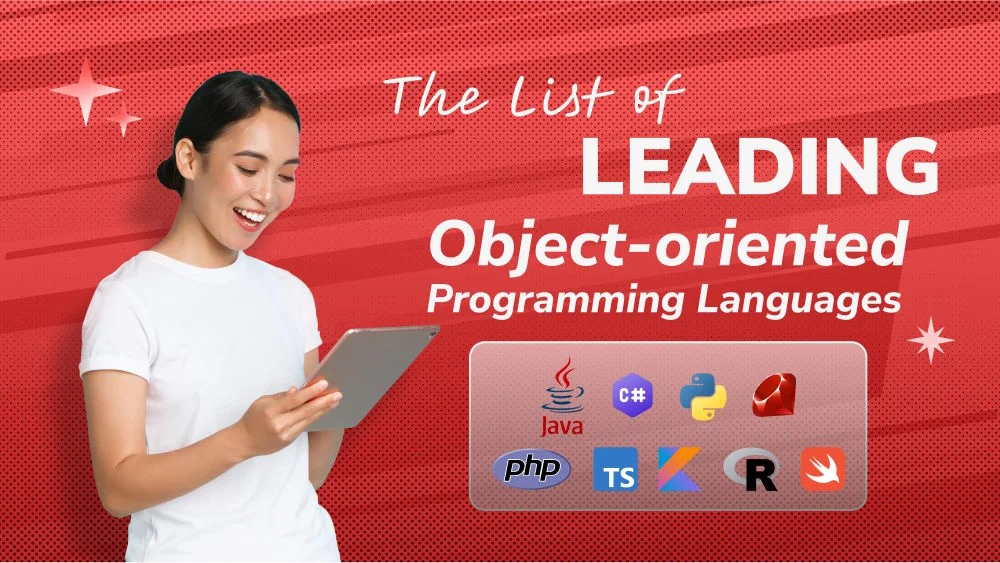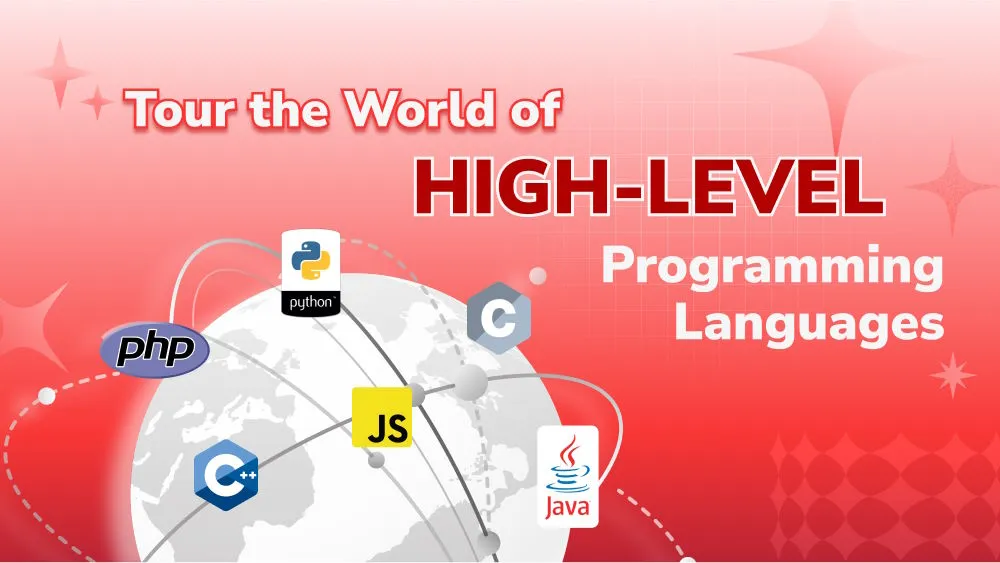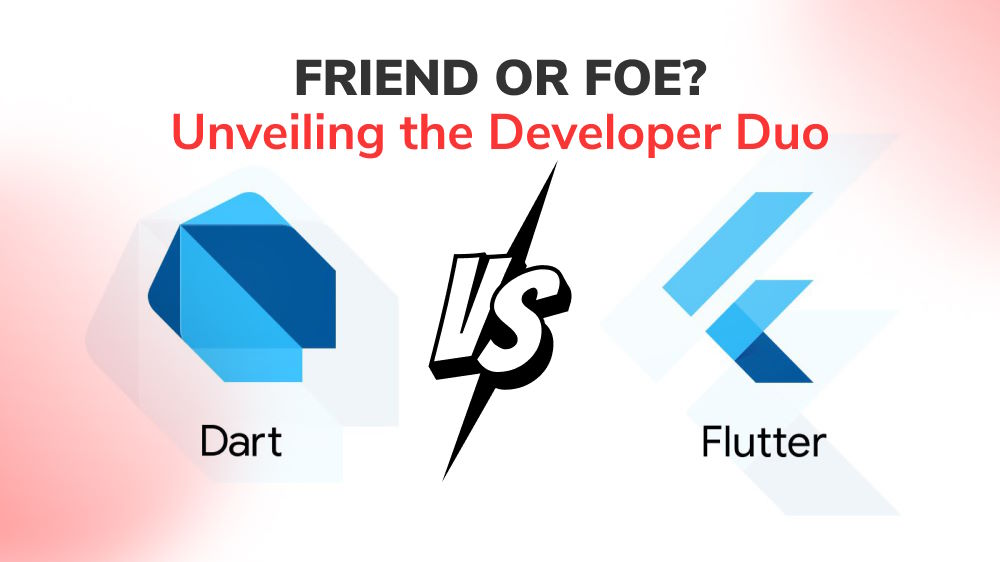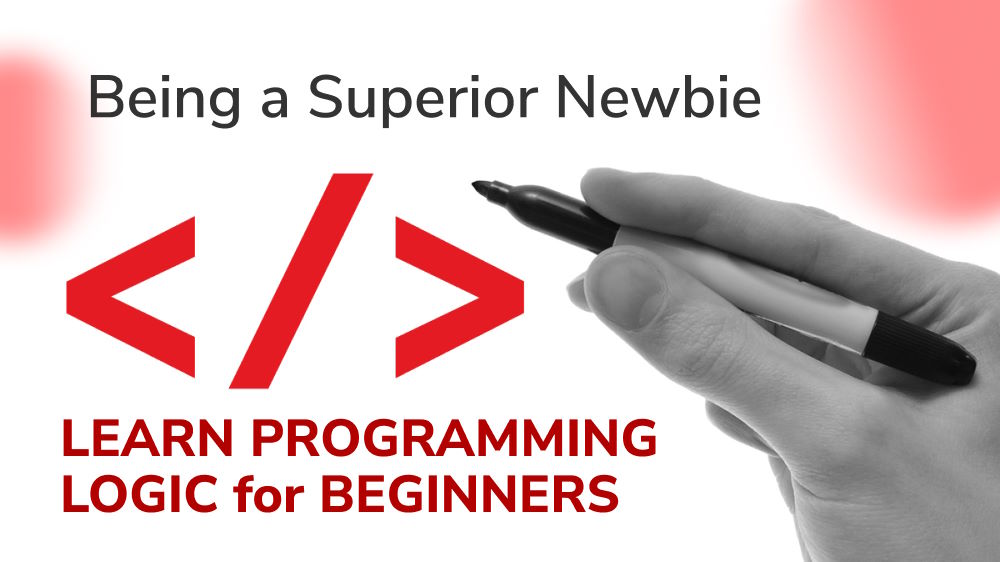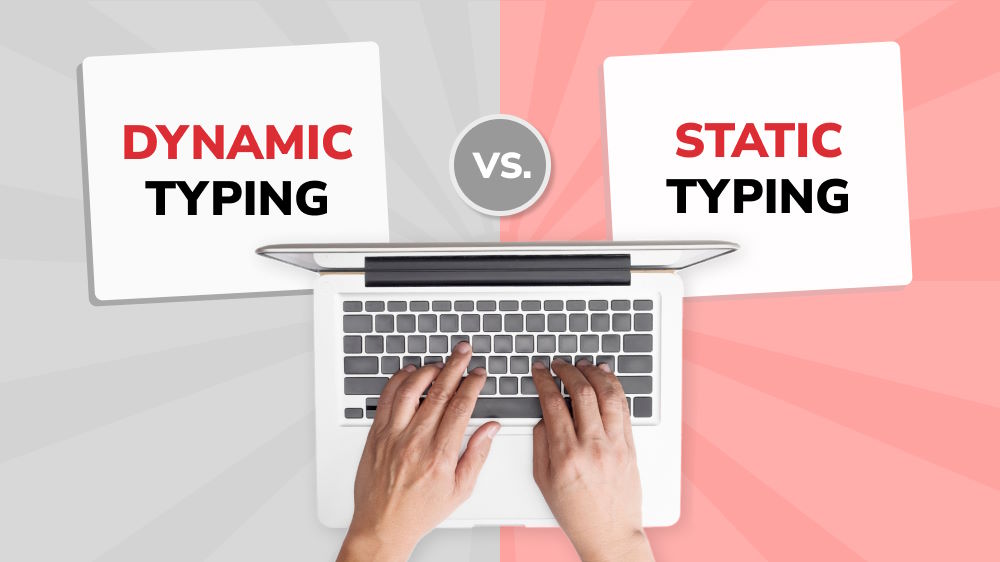Top 6 GPT-3 Open-Source Alternatives
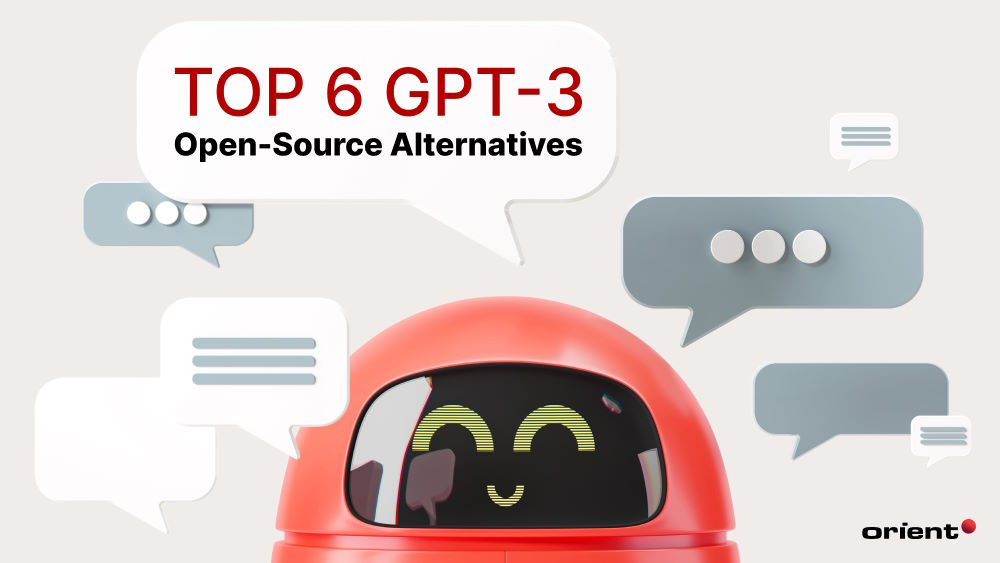
Content Map
More chaptersSince OpenAI released GPT-3 (2020), several artificial intelligence competitors have come out, with each one promising similar natural language processing capabilities, at little to no cost. Although powerful, GPT-3 is very expensive, prompting high demand for equally intelligent but more affordable Large-scale Language Models (LLMs).
Keep reading to learn more about GPT-3, the pricing model, and the different GPT-3 open-source alternatives.
What Is GPT-3?

GPT-3 is a large language model developed by San Francisco-based research lab OpenAI on June 11, 2020. The term GPT standards for Generative Pre Trained Transformer. It is a successor to GPT-2. It is a neural network Machine Learning (ML) model trained on around 570 GB of internet text, including public non-curated data from Common Crawl, Wikipedia, and other texts chosen by OpenAI. With this data, GPT-3 can respond to text inputs of virtually any size with human-like intelligence. It can answer questions, write essays, write computer code, summarize long text, translate languages, and even create functional apps.
As a predictive language model, GPT-3 can take text inputs and predict what the next inputs will most likely be. The accuracy of these predictions primarily depends on the quality and quantity of the ML model training data. The better and larger the data sets, the more accurate the predictions will be. Since its release, OpenAI has continually updated GPT-3 to produce fewer toxic responses, resulting in less harmful and deceitful language. GPT-3 is the engine that powers other OpenAI apps, including the AI chatbot, ChatGPT, and the Artificial Intelligence (AI) image generator, Dall-E. GPT-3 was succeeded by GPT-3.5 and GPT-4 in 2022.
What Is GPT-3’s Pricing Model?
GPT-3 has four different large language models, called Ada, Babbage, Curie, and DaVinci, each with its own pricing model and level of intelligence. Their level of intelligence depends on the number of parameters that the model is trained on. For instance, Ada is trained on 350 million parameters, and DaVinci is trained on 175 billion parameters. This makes Ada the fastest, lowest cost, and least intelligent model and DaVinci the slowest, highest cost, and most intelligent of the other models. OpenAI charges GPT-3 on a pay-as-you-go basis with a token-based currency system. For comparison, the price of Ada is $0.0004 per 1k tokens, and the price of DaVinci is $0.0300 per 1k tokens. Every 100 tokens give you 75 words, so you’d receive 750 words per 1k tokens.
For small, isolated tasks, such as writing a 5,000-word essay or producing a few eCommerce product descriptions, GPT-3 is affordable. But for organizations with large-scale, ongoing content writing and coding tasks, the price of GPT-3 can balloon considerably. Also, this price does not account for the cost of quality assurance in AI - hiring people to review, edit, and proofread the content that GPT-3 produces. For these reasons, GPT-3 open-source alternatives are cropping up everywhere, and with more options come more choices.
Recommended GPT3 Open-source Alternatives
There are many GPT-3 open-source alternatives out there. Just like the different language models offered by Open AI, each one has different capabilities based on the number of training parameters. Most GPT-3 alternatives are free to use, but a few do charge a fee on a pay-to-use basis, such as Jurassic-1 by AI21 Labs. For the purpose of this article, each GPT-3 alternative will be free to use. You are, of course, welcome to do your own research and seek out paid alternatives that better meet your needs.
GPT-Neo and GPT-J (EleutherAI)
Released by a collective of researchers dedicated to making AI open source, GPT-Neo, and GPT-J were released in March 2021 and in June 2021, respectively. There are three versions of GPT-Neo: 120 million parameters, 1.3 billion parameters, and 2.7 billion parameters. Meanwhile, GPT-J has just one version trained on 6 billion parameters.
Although GPT-Neo and GPT-J are both open source and free to use, they do, like all LLM’s, have minimum hardware requirements. To run an LLM trained on billions of parameters, such as GPT-J, you need at least 25GB of RAM, multiple CPUs, and around 25GB of VRAM. Depending on your hardware specifications, you may need to fine-tune GPT-J so that it can run efficiently on your desktop workstation.
Megatron-Turing NLG (NVIDIA and Microsoft)
Trained on more than 530 billion parameters, Megatron-Turing Natural Language Generation (NLG) is the largest and most powerful monolithic LLM. NVIDIA and Microsoft used the NVIDIA DGX SuperPOD-based Selene supercomputer – the fifth fastest supercomputer in the world, able to achieve 63.460 petaflops – to train the LLM on The Pile, an 800GB dataset consisting of 22 smaller, high-quality datasets. Currently, Megatron is in Early Access, available via invite-only to organizations with a research goal approved by NVIDIA and Microsoft.
AlexaTM (Amazon)
Despite being trained on only 20 billion parameters, AlexaTM can outperform a 175 billion GPT-3 model on zero-shot learning tasks. A zero-shot learning task is when a learner observes samples from classes not observed during training and then predicts the class that each sample belongs to. It achieves this by using an encoder-decoder architecture, a bi-directional form of encoding that is particularly effective at machine translation and text summarization. AlexaTM can also be used for less technical tasks and can translate multiple languages, such as English, Arabic, Japanese, Italian, and more.
LaMDA (Google)
LaMDA is the engine that powers Google’s AI chatbot, Google Bard. Initially unveiled in 2020, LaMDA is a conversational AI trained on around 1.56 trillion words, with a particular focus on being trained on human conversations and stories. This gives LaMDA the ability to respond to text inputs in a natural and seamless manner, being able to replicate human-like text with high-level accuracy.
To help minimize sharing misinformation, Google enabled LaMDA to source facts from third-party information sources, where it can search the internet for data just like a human would. As of this writing, the biggest version of LaMDA is trained on 137 billion parameters. LaMDA is currently unavailable to the public, but interested parties can join a waitlist.
BERT (Google)
BERT, which stands for Bidirectional Encoder Representations from Transformers, is an autoregressive language model developed by Google. It is one of the oldest transfer-based languages around, which became open-source in 2018 and was trained on text from Wikipedia. However, Google still uses it as a reference so as to better understand search intent and improve natural language generation.
As a bidirectional, unsupervised language model, BERT considers the context of past text input and the conditions that may follow it in order to provide accurate text predictions.
BLOOM (BigScience)
Developed by more than 1,000 volunteer researchers in collaboration with the AI startup Hugging Face, BLOOM is an LLM trained with 176 billion parameters over 117 days at the French National Center for Scientific Research.
BLOOM has a strong focus on transparency, with the developers openly sharing the data they are using to train the model, the challenges of developing the model, and how the group evaluates the model’s performance. This gives outsiders deeper insight into how BLOOM works, making it one of the most transparent LLM’s out there. Aside from ethics, BLOOM is live now and free to use, and users can choose from a range of language models to suit their hardware requirements and needs.
Why Choose Orient Software for AI Services?
At Orient Software, we are up to date on the latest AI technology and LLMs. Our dedicated team of AI experts specializes in developing cloud-based and end-to-end platforms. We create and integrate robust, scalable, and high-performing LLM solutions into organizations across various industries, from customer relationships to human resources management to data mining to financial services.
Whether you want us to incorporate AI into your existing workflow or you require a new AI product from scratch, we take the time to comprehend your unique requirements and deliver a custom solution that suits your own needs and budget.
Also, as part of our artificial intelligence services and solutions, we provide expert AI consulting services. We identify your needs, assess the risks, and provide ongoing guidance and support to ensure you are on the right track. We have experience working with a wide range of LLMs, including GPT-3 (and later iterations), ChatGPT, LaMDA, and AlexaTM, to name a few.
Orient Software is the company you can trust for AI-related services around the world. We are committed to helping you leverage the latest AI technologies in order to minimize risk, boost productivity, increase cost savings, and streamline business operations.
Get in touch with Orient software today and discover how we can help you make the most of the latest AI technology.

